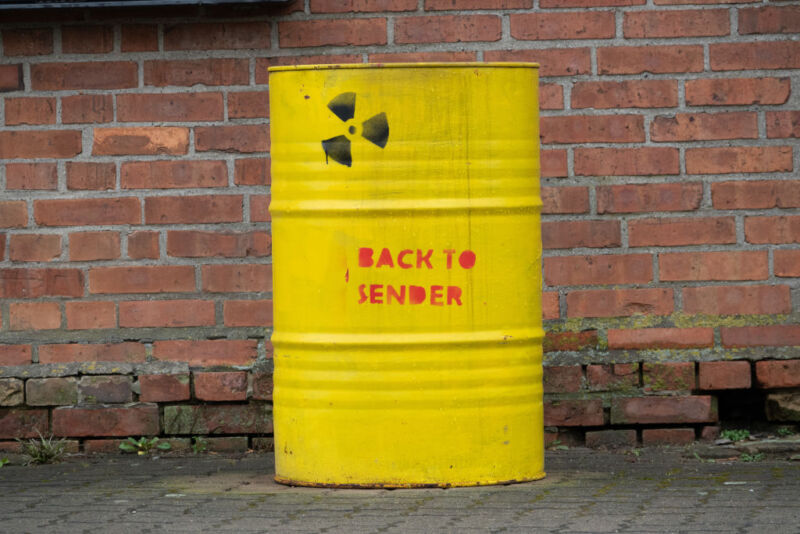-
 chevron_right
chevron_right
Smaller reactors may still have a big nuclear waste problem
news.movim.eu / ArsTechnica · Saturday, 4 June, 2022 - 13:00 · 1 minute

Enlarge (credit: picture alliance | Getty Images)
Lindsay Krall decided to study nuclear waste out of a love for the arcane. Figuring how to bury radioactive atoms isn’t exactly simple—it takes a blend of particle physics, careful geology and engineering, and a high tolerance for reams of regulations. But the trickiest ingredient of all is time. Nuclear waste from today’s reactors will take thousands of years to become something safer to handle. So any solution can’t require too much stewardship. It’s gotta just work, and keep working for generations. By then, the utility that split those atoms won’t exist, nor will the company that designed the reactor. Who knows? Maybe the United States won’t exist either.
Right now, the US doesn’t have such a plan. That’s been the case since 2011, when regulators facing stiff local opposition pulled the plug on a decades-long effort to store waste underneath Yucca Mountain in Nevada, stranding $44 billion in federal funds meant for the job. Since then, the nuclear industry has done a good job of storing its waste on a temporary basis, which is part of the reason Congress has shown little interest in working out a solution for future generations. Long-term thinking isn’t their strong suit. “It’s been a complete institutional failure in the US,” Krall says.
